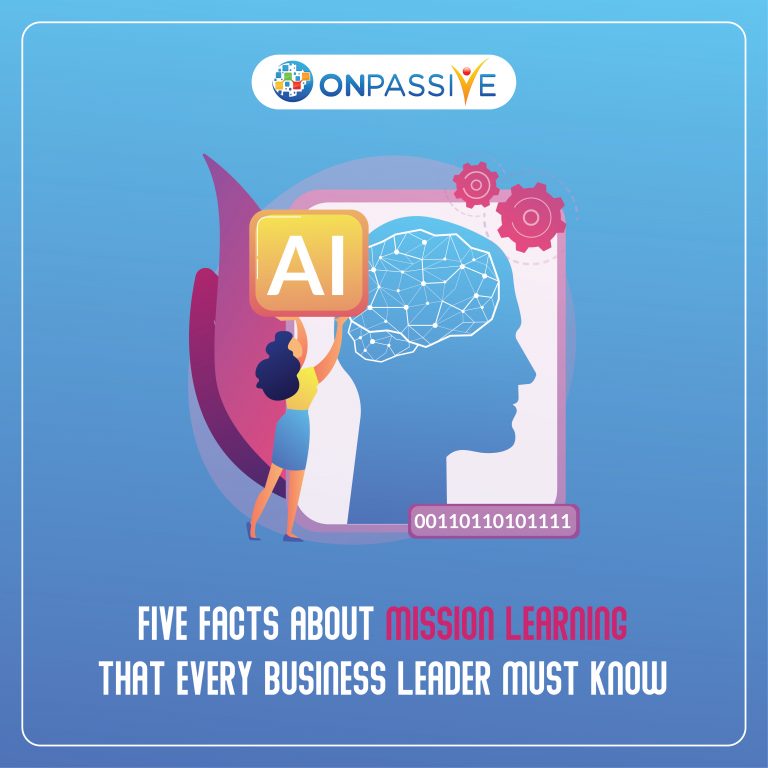
Machine learning (ML) became foundational across many industries over a few decades.
Supervised Learning is using most of machine learning algorithms.
Supervised learning concerns with a classification such as if an e-mail is spam. It ensures a tumour in a diagnostic image is benign as well.
It will be best if you keep your competitive benefits.
These are the few things a business leader needs to know about machine learning for practical use.
Machine Learning: Tech-trends that are Reshaping Entrepreneurship
1. Machine Learning models learn from data inputs
Firstly, it brings a new paradigm of software development known as Software 2.0 that is less about giving computer-specific commands on what they encounter every time. More specified high-level models that learn from data are training data inputs.
Consider the Machine Learning challenge of identifying spam e-mail, given as the text of an e-mail.
In classical Software 1.0, you write code distinctively to those with a tumour above a given size and of a specific surface.
Among other conditions, this would be classified as a malignant tumour.
In Software 2.0, it specifies the type of algorithm you wish to use and feed them as labelled data as images, which has been summarized as benign or malignant tumour and the algorithms that find patterns for generalizing the clarification to new, unlabeled data input.
Most of the times, humans hand-labelled the training data. For such reasons, some researchers transform the term recycle intelligence to artificial intelligence.
It is because the machine is recycling the human intelligence contained in the labelled examples, and not making any form of intelligence.
2. Optimization Function is the key
In addition to label training data, you require to supply a machine learning model with an optimization function which is also known as an objective function or loss function. It tells the algorithm what you’re optimizing for. A commonly used optimization metrics are known as correctness.
It is the percentage of your data model that makes the correct predictions.
There are many situations where you want to be careful than blindly optimizing the accuracy; the most prevalent where your data input is disparity.
For instance, if you are building a spam filter to classify e-mails as spam, and only one per cent of e-mails are identified as spam.
This one per cent of data is spam, and 99 per cent is not disparities. A model that classifies all e-mails as non-spam has an accuracy of 99 per cent.
3. Divide your Data Input
If your model offers training on a dataset, then it expects to perform better on that data than on new dataset.
To cover it, you could divide the data into training sets and check before you train a model. This procedure is called train test split.
Training a model on training sets, it computes the accuracy on test sets that a model has not seen.
Consequently, the executed scores have a better chance of generalizing to new data.
4. Importance of Solid data Foundations and Tooling
Having higher quality data is an extraordinary ultimatum.
If your executive asks how they make their companies Machine Learning driven, then the priority of needs that has machine learning are the ultimate pieces of the puzzle.
It depicts that before machine learning occurs, you need reliable foundations of data and tools for extraction, loading, and transforming data as well as cleaning and aggregating data from disparate sources.
5. Biased-data influenced algorithm
The key to be noted is that machine learning can be as efficient as the data fed into.
If this data is biased, then your model is undoubtedly likely to be well analyzed. For instance, if you are creating a machine learning recruiting tool to forecast the success of applicants based on profiles, and your training data is biased against women, then this tool will also show partial data against the training data.


